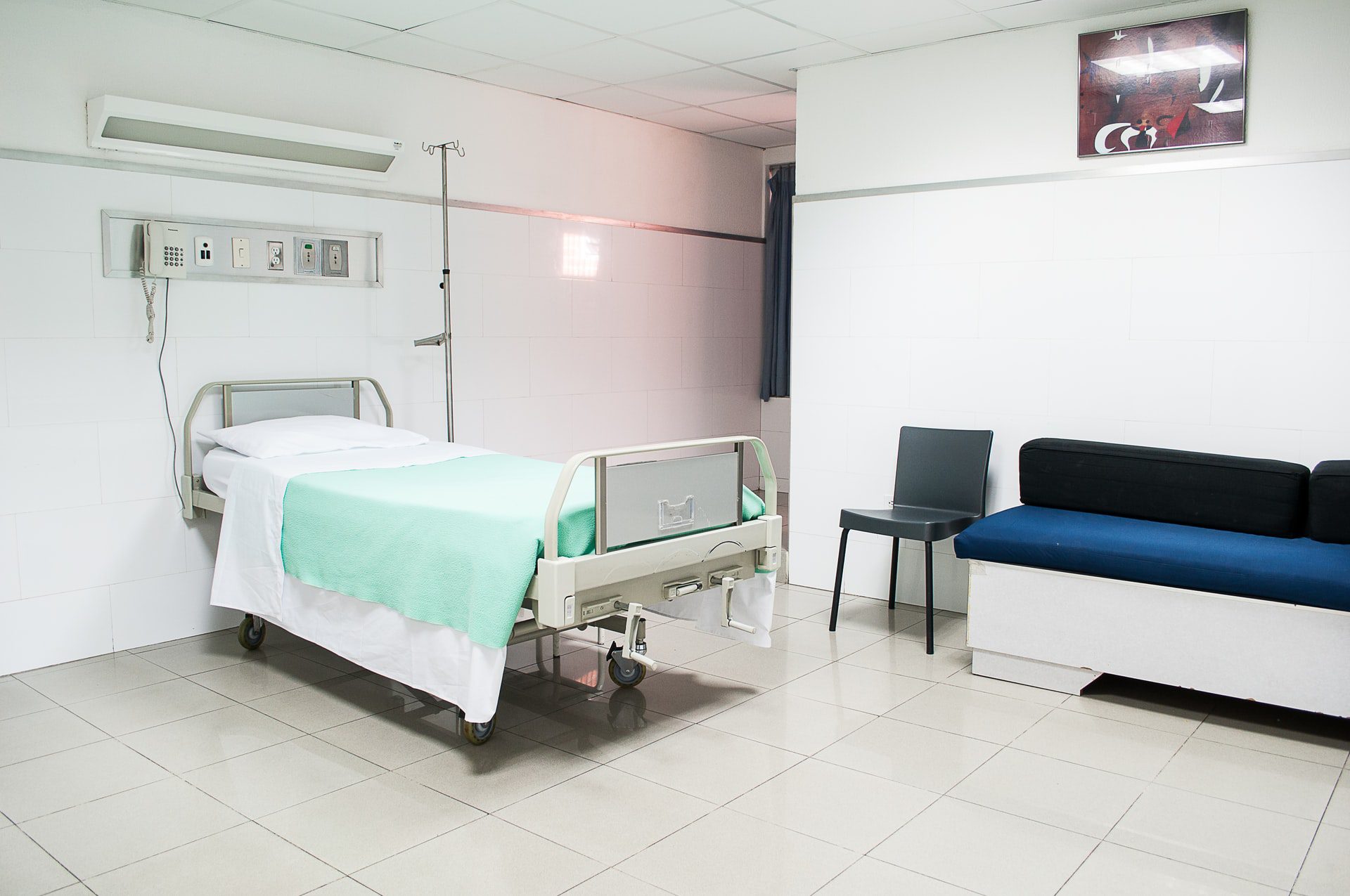The number of coronavirus patients in Los Angeles County hospitals dropped significantly for the second consecutive day, falling by 47 people to an even 1,200, according to the latest state figures.
The number of those patients hospitalized as of Saturday who were being treated in intensive care was 114, down from 120 on Friday.
The number of COVID-positive patients statewide dropped by 85 to 4,626.
The latest figures come one day after local health officials reported 8,091 new infections and 20 additional deaths linked to the virus, bringing the county’s cumulative totals to 3,253,323 cases and 32,604 deaths since the pandemic began.
According to the Los Angeles County Department of Public Health — which does not report COVID data on weekends — the daily number of cases announced by the county is believed to be an undercount, since many people rely on at-home tests, the results of which are not always reported.
The average daily rate of people testing positive for the virus was 15.7% as of Friday.
Los Angeles County moved into the U.S. Centers for Disease Control and Prevention’s “high” level of COVID-19 community activity earlier this month, when the average daily rate of virus-related hospital admissions rose to 10.5 per 100,000 residents, surpassing the threshold of 10 per 100,000. On Thursday, county Public Health Director Barbara Ferrer said the admission rate over the past week rose to 11.4 per 100,000.
Absent a major reduction in hospital numbers over the next week, the county will likely still be in the “high” category on July 28, triggering a new indoor mask mandate beginning July 29.
Although dozens of counties in California are also in the “high” virus-activity category, Los Angeles is the only one considering a mask mandate. Ferrer again defended the move Thursday, saying the virus is continuing to disproportionately impact Black, Latino and low-income residents, and it is causing severe illness among some patients. She said wearing a mask is a simple and effective way to help curb transmission.
She acknowledged a lack of any formalized enforcement plan, saying the county relies primarily on education in hopes of convincing people to wear face coverings. She also said the county does not expect business owners to become enforcement agents.
“We rely heavily on people understanding why it’s important for us to add in this layer of protection at this point, and most people in the past have gone ahead and been compliant,” she said. “We’ll continue to work with everyone and make sure there’s good information.”
She noted that during previous mandates, very few businesses were cited for violations.
If a new mask mandate takes effect, it will remain in place until the county falls back to the “medium” virus-activity category for two weeks.
Masks are already still mandated in some indoor spaces — health care facilities, transit hubs, on transit vehicles, airports, correctional facilities and shelters. A universal mandate would spread the requirement to all indoor public spaces, including shared office spaces, manufacturing facilities, retail stores, indoor events, indoor restaurants and bars and schools.
“What we have learned over the course of the pandemic is that this is a dangerous virus,” Ferrer said in a statement Friday. “We benefit enormously for all the effective tools at hand, and they allow most of us to fully live our lives: we travel, we go to parties, we enjoy concerts, plays and sporting events, and we get together with those we love. However, when transmission is really high, we would be foolish to be complacent and not layer in additional protections that help those most vulnerable also fully live their lives.”







